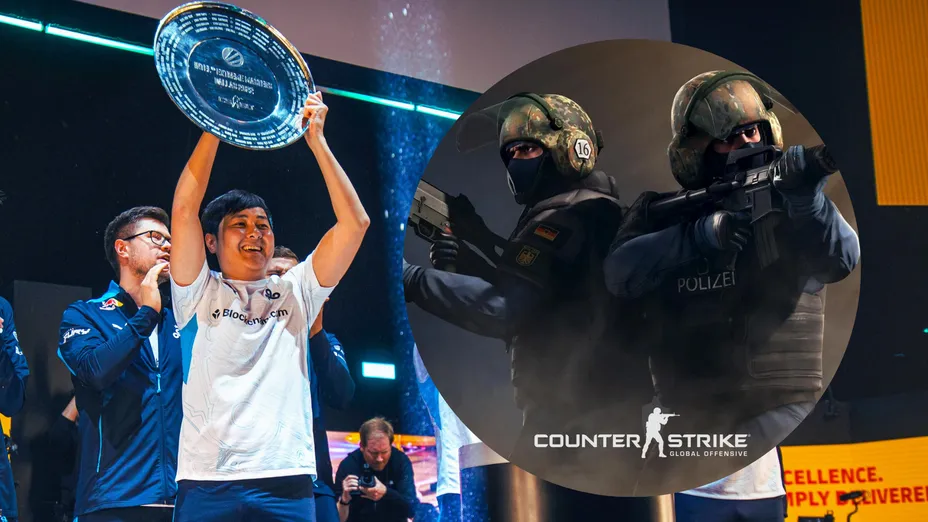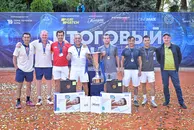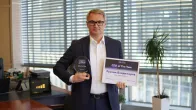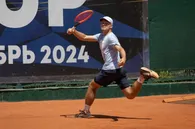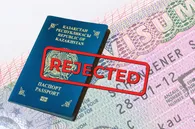Kazakh pro cyber player Abay "HObbit" Khassenov has become the champion of the IEM Dallas tournament in the first person shooter Counter-Strike: Global Offensive (CS:GO), QazMonitor reports.
On June 5, Abay's team Cloud9 swept their rivals ENCE (3-0) in the grand finals to win $100,000 in prize money. The victory also brought the five squad-members 800 points, making Cloud9 the fourth best team in CS:GO World Ranking by ESL.
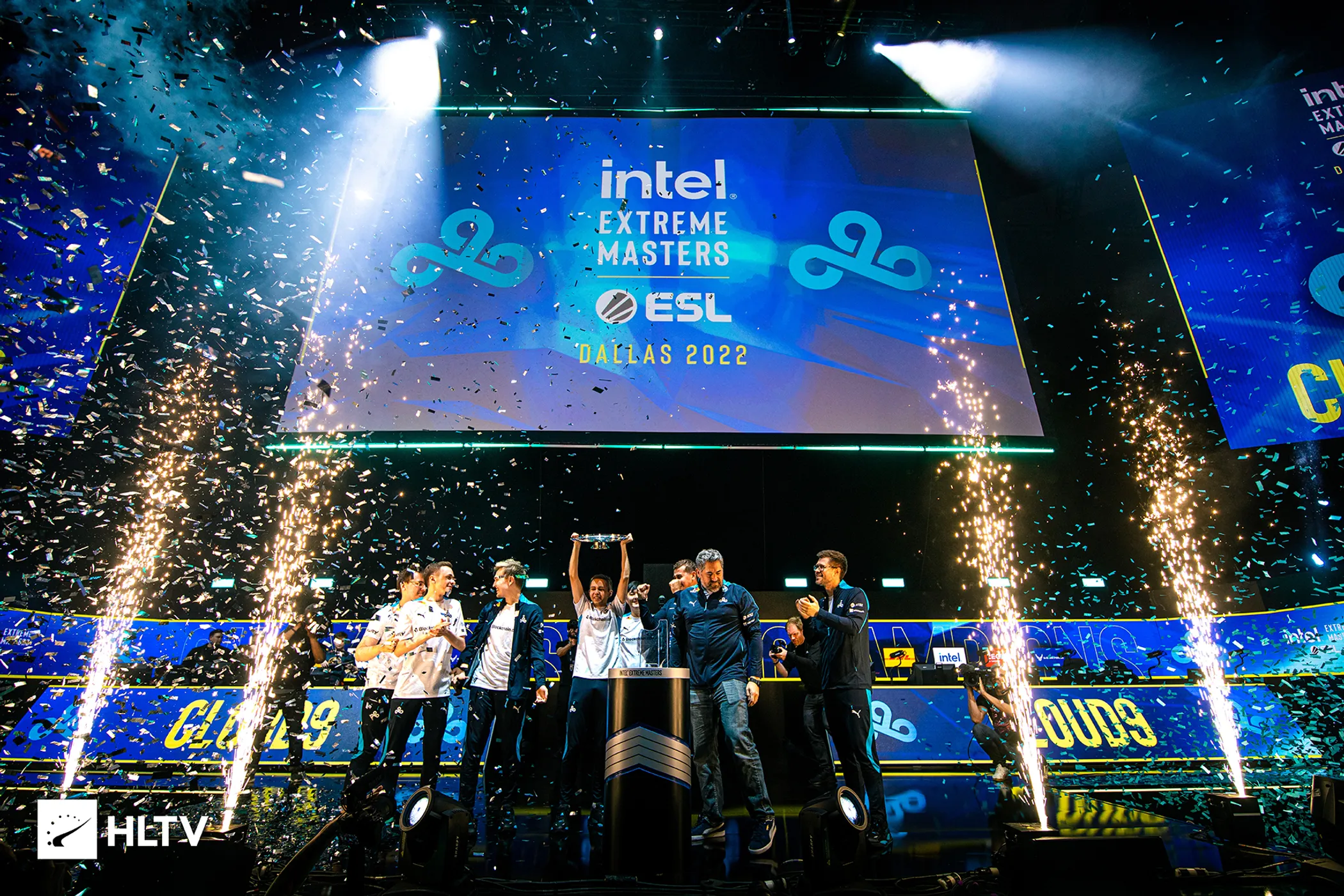
What makes this victory special?
This marks the squad's first win at a major tournament in over four years. The victory is especially significant, as Cloud9 fell short of fan expectations at the previous big tournament - Major in Antwerp, ranking 12-14th. The Dallas win has totally boosted the morale of the team up a notch.
On his Instagram page, Abay paid respect to all the fans of Cloud9:
Dallas 🇺🇸 thank you for amazing support!Im so happy that we managed to win first big LAN and first trophy with @cloud9gg here in Texas
North American company, but CIS team?
Let's take a look at the current roster of Cloud9 CS:GO division:
Dmitry "SH1RO" Sokolov
Vladislav "nafany" Gorshkov
Sergey "Ax1Le" Rytorov
Abay "HObbit" Khassenov
Timofey "Interz" Yakushin
The fact that Khassenov is the only Kazakh player who took part in the top-tier tournament in Dallas surely deserves admiration. However, a more fascinating fact is that all five players from CIS joined Cloud9 at the same time. The Northern American company bought the whole roster on April 24 from the Russian organization Gambit Esports, as it was reportedly banned from many major tournaments as the aftermath of the Russia-Ukraine conflict.
What makes the tournament special?
Intel Extreme Masters (abbreviated as IEM) is the longest-running global pro gaming tour in the world. In 2006, when the Intel-sponsored European tournament saw room for expansion outside of Europe, especially in North American markets. Intel provided funds for a worldwide tournament, billing it as the Intel Extreme Masters. In 2007, when established, IEM established a format of many smaller qualifying events, leading up to a large final event that was held at CeBIT. Starting in 2008, the tournament was billed as being worldwide, boasting participants from Europe, North America, and Asia.
